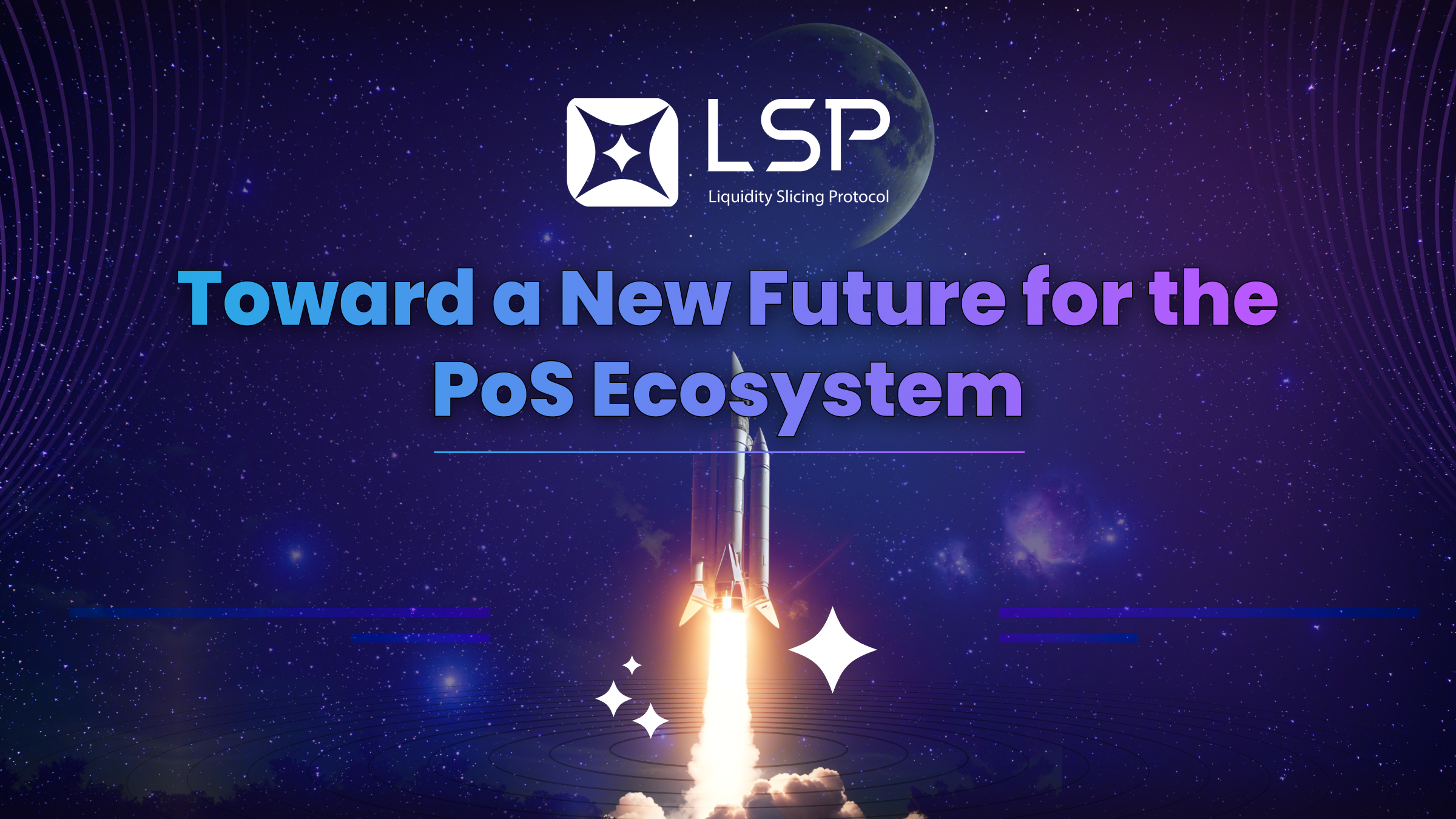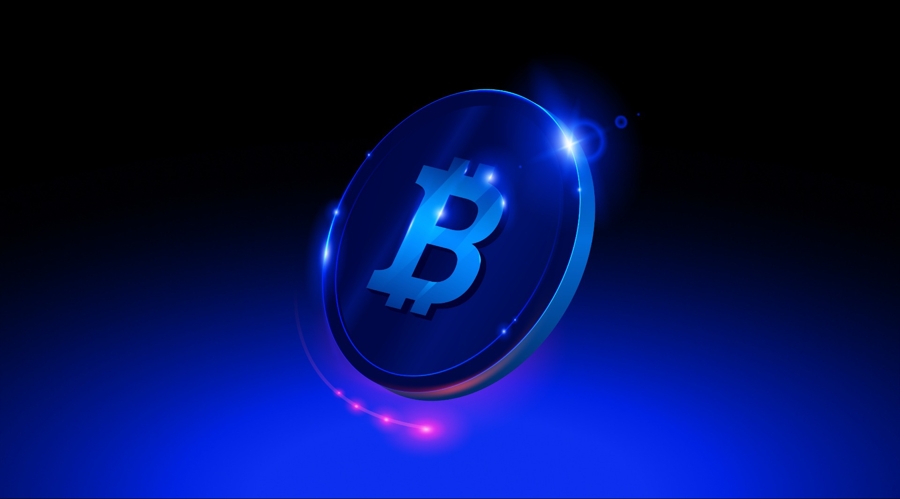As blockchain technology continues to mature, the PoS market is experiencing unprecedented growth. As an energy-efficient and consensus mechanism, PoS not only provides higher security and scalability for blockchain networks but also offers users the opportunity to earn staking rewards. However, as the market continues to expand, the liquidity of PoS assets and user participation have become pressing issues that need to be addressed. In response, the LSP Protocol has emerged, offering users an efficient asset management solution through its innovative Node Slicing technology, effectively enhancing the liquidity of staked assets.
Empowering the New Engine of PoS Networks
The LSP Protocol aims to provide liquidity support and enhance asset management capabilities for global PoS public chain networks. By integrating with multiple blockchain networks, such as Manta Network, the LSP ecosystem has already shown initial effectiveness on a large scale. Manta Network not only supports the delegated staking and node slicing asset purchases of the MNT token but has also become an important part of the LSP ecosystem. Currently, the LSP Protocol has also partnered with Lumoz, Bitlayer, and ScaleBit, and has successfully integrated with FavorDAO, APIS DAO, and MakerDAO.
The Node Slicing technology of the LSP Protocol allows users to stake PoS assets within the protocol, which are then allocated to different PoS networks through the OmniVerify Layer network for verification and custody. Once the staking certificates are sliced, the users’ asset rights and node revenue rights are separated, forming tradable sliced assets. This innovative design not only enhances the liquidity of assets but also allows users to flexibly participate in different PoS ecosystems.
Optimizing the New Model for Staked Asset Management
The LSP trading platform, established based on the LSP Protocol, offers users a brand-new way to manage staked assets. Through Node Slicing technology, users interested in node rights do not need to actively participate in network construction. They simply slice their staked assets, create custom combinations to form LSP nodes, and have them hosted and verified within a decentralized network. This mechanism not only ensures the security of user assets and the transparency of their returns but also allows users to freely trade sliced assets, thereby achieving efficient circulation of staked assets.
As of the time of writing, the platform has more than 500,000 registered users, with staked validator nodes valued at $1,854,936 and delegated staking amounting to $3,237,052, with an annualized return rate that can reach up to 60%.
To further incentivize user participation in the LSP ecosystem, the LSP Protocol has introduced a brand-new point system. Users earn points by engaging in platform interactions, placing orders, trading, and staking. These points not only reflect the user’s contribution to the LSP ecosystem but also determine their share in future ecological rewards. The design of the point system not only enhances user engagement but also lays the foundation for the long-term development of the LSP platform.
Creating a Virtuous Cycle of User Engagement and Rewards
The economic model of the LSP Protocol is designed around user participation and ecosystem development. The platform’s new point system provides users with a clear mechanism for behavioral incentives. Users earn points by completing various tasks, which not only enhance their status within the ecosystem but also bring additional rewards.
In the LSP platform’s economic model, a user’s activity level directly affects the amount of point rewards they receive. The platform uses an activity assessment mechanism to determine the proportion of token rewards a user receives based on their “star level”. Each user starts with an initial activity level of 5 stars, and by continuing to interact, they can maintain or improve their star level, thereby earning more point rewards. Conversely, users who are inactive for a long time will see their star level decrease, leading to a reduction in point rewards.
Furthermore, the LSP Protocol has established an invitation incentive mechanism to encourage users to expand the LSP ecosystem’s user base through invitation links or promo codes. This mechanism not only increases user participation but also provides a stable user base for the development of the LSP platform.
LSP Protocol: Advancing Towards a New Future for the PoS Ecosystem
As the PoS market continues to expand, the LSP Protocol, with its unique node slicing technology and recently launched innovative point system, is rapidly establishing its leading position in this field. Through deep collaboration with Manta Network, the LSP ecosystem is attracting an increasing number of users and gradually becoming an important source of liquidity for PoS tokens in these networks.
With the launch of the new point system, the value system of the LSP Protocol will operate at an accelerated pace, propelling the entire ecosystem into a new stage of development. In the future, the LSP Protocol will continue to commit to enhancing liquidity and user participation in the PoS market, providing strong support for the ongoing development of the blockchain industry.
















